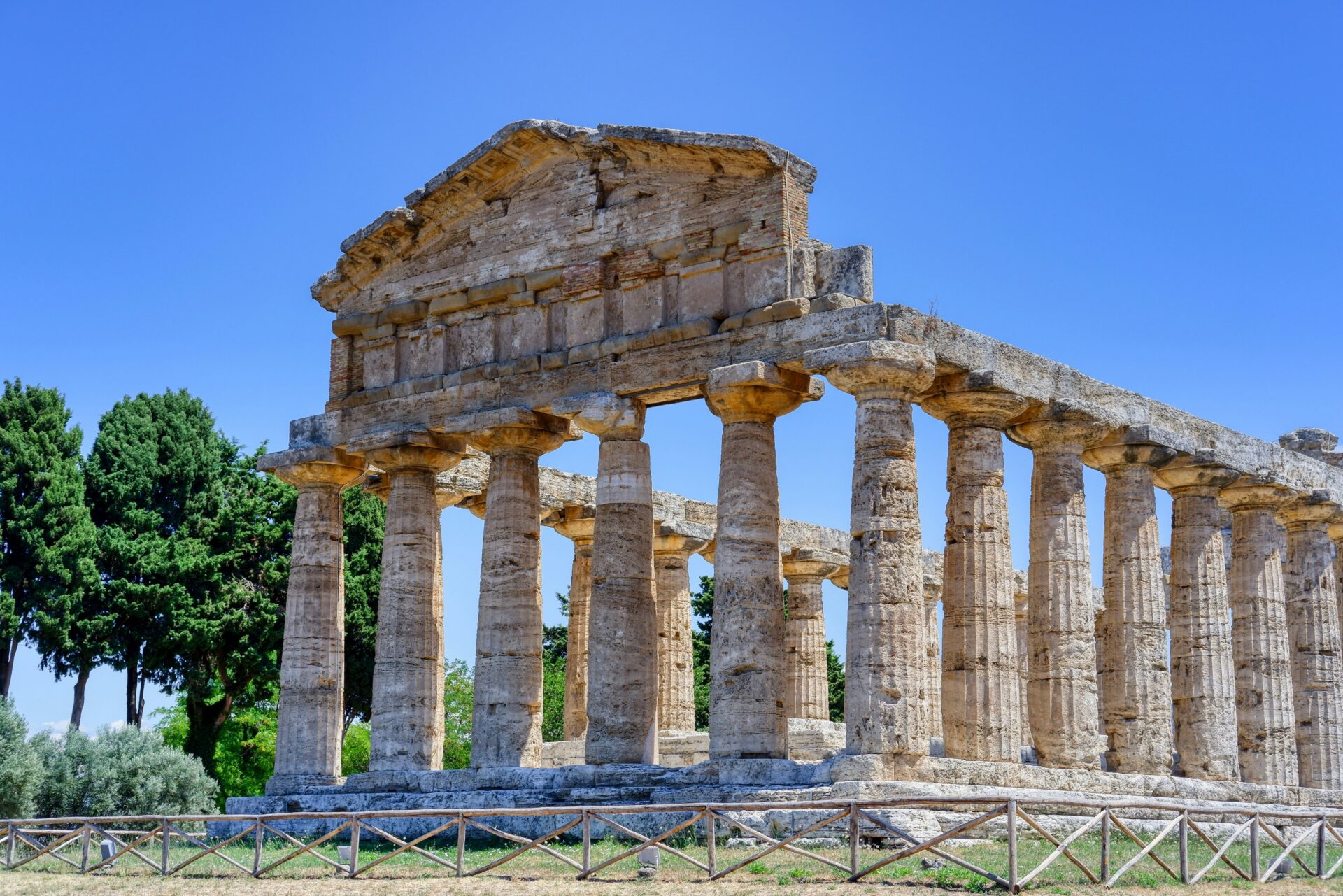Just a stone’s throw from the Amalfi Coast, you’ll find Paestum—a place where time feels like it slows down. On my last visit, I couldn’t get over the wild contrast between the ancient Greek temples and the mouthwatering buffalo mozzarella made right nearby.
Honestly, this unique corner of Campania makes for a perfect day trip. You get remarkable archaeological ruins and seriously authentic food, all in one go.
The archaeological site at Paestum holds some of the best-preserved Greek temples you’ll see outside Greece. As I wandered among these massive stone giants, some dating back to 600-450 BCE, I felt like I’d landed in another world.

The Temple of Neptune really floored me—the towering columns, the way it’s survived all these centuries. It’s hard not to feel tiny in its shadow.
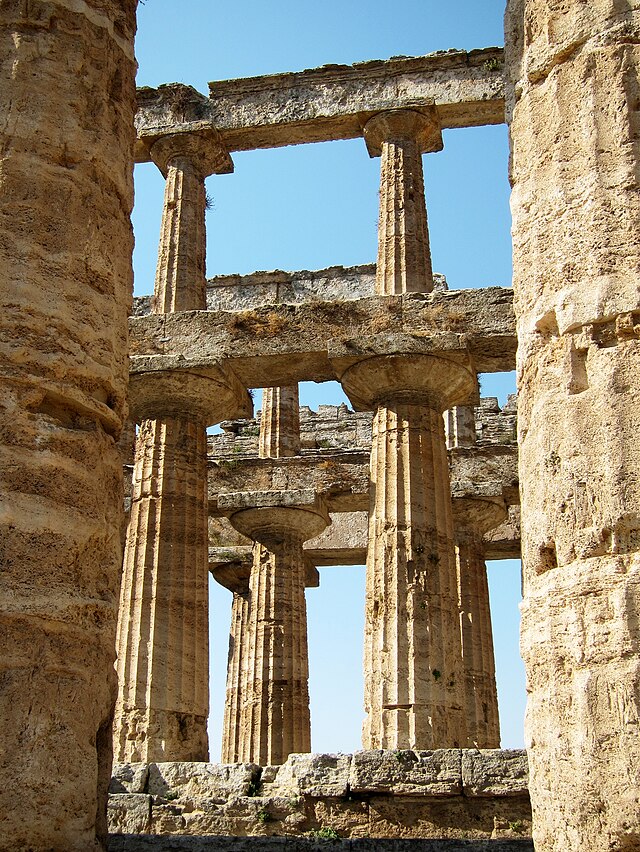
Image Source: Wikimedia Commons
After soaking up the ruins, I made my way to a buffalo farm just outside town. Watching the cheese makers turn fresh milk into those delicate, milky balls was mesmerizing. But tasting that just-made mozzarella? That’s the moment I realized supermarket cheese will never compare.
If you love history and food, Paestum is one of those essential stops in southern Italy.
Discovering Paestum: A Living Legacy
Paestum stands out as one of Italy’s most fascinating archaeological treasures. Here, ancient Greek temples and Italian life sit side by side.
This place lets you peek into the past while still feeling the heartbeat of Campania’s traditions.
Getting to Paestum
Getting to Paestum is easier than you might think. I took the train from Naples—about 90 minutes, with some lovely glimpses of the coast out the window.
If you’re coming from Salerno, it’s even quicker—just half an hour by train. Travelers staying along the Amalfi Coast can grab a day tour; plenty of operators in Positano and Amalfi offer guided trips.
Want more freedom? Rent a car. The drive from Naples takes around 1.5 hours via the A3 highway, and signs for Capaccio-Paestum make it pretty straightforward.
A Brief History of Paestum
Greek colonists founded Paestum around 600 BCE, first naming it Poseidonia after Poseidon. The city thrived as part of Magna Graecia, that southern Italian region with deep Greek roots.
Romans swept in and took control in 273 BCE, renaming the city Paestum. Even under Roman rule, the city kept its Greek architectural vibe—a pretty rare thing back then.
What really fascinates me is how Paestum just faded away. Malaria in the marshes drove people out, and the city got swallowed up by nature. Oddly enough, that abandonment kept the temples in such incredible shape.
Why Paestum Captivates Travelers
The three Doric temples here are among the best-preserved anywhere. Some say they’re in better shape than many in Greece! The Temple of Neptune (which is actually dedicated to Hera) blew me away with its perfect columns and symmetry.
Unlike busier sites, Paestum feels peaceful. I spent a whole morning wandering the ruins, barely seeing another soul. It really does feel like you’ve stumbled onto a secret.
The on-site museum shows off some jaw-dropping finds, like the famous Tomb of the Diver—a rare Greek painting that actually survived, showing a man diving, which symbolizes the journey from life to death.

Image Source: Wikimedia Commons
And let’s not forget the countryside. This area is mozzarella country, and several nearby farms invite visitors to see (and taste) how it’s made.
Exploring the Ancient Temples and Archaeological Wonders
Paestum’s ancient Greek temples are some of the Mediterranean’s most impressive ruins. Walking between those massive columns, I honestly felt transported back to the days when Greek settlers first arrived here.
The Temples of Paestum
These three Doric temples are nothing short of awe-inspiring. The Temple of Neptune (again, it’s really Hera’s) is the biggest and, in my opinion, the most spectacular. Built around 450 BCE, its columns and structure have survived almost untouched.
The Temple of Athena (or Ceres) sits on a bit of a hill, built around 500 BCE. Its lighter, more graceful design hints at a shift between Ionic and Doric styles.
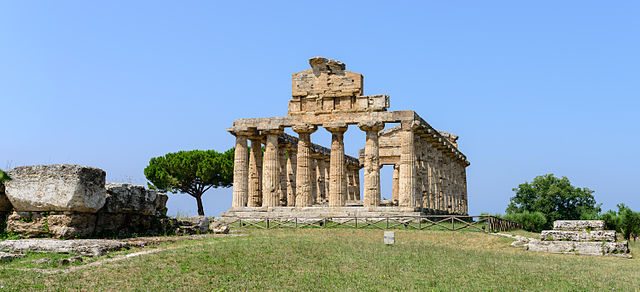
Image Source: Wikimedia Commons
The oldest temple, dedicated to Hera (sometimes called the Basilica), dates to 550 BCE. It’s got a quirky layout—nine columns across the front, not the usual six or eight.
It’s wild to think these temples have stood strong for over 2,500 years.
The Archaeological Park of Paestum
The Archaeological Park covers a huge area, all surrounded by ancient city walls—nearly 5 kilometers long. As I walked around, I stumbled upon the remains of the Roman forum, once the city’s bustling heart.
You can see layers of history here—from the original Greeks to the Romans and beyond. Excavations have revealed old homes, paved roads, and public spaces that hint at what life was like.
The amphitheater is another highlight. It’s smaller than some others in Italy, but it’s a cool reminder of the Roman era after they took over in 273 BCE.

Image Source: Wikimedia Commons
UNESCO recognized the site as a World Heritage Site in 1998. I’d suggest planning at least half a day here—bring comfy shoes and lots of water, especially if you’re visiting in summer.
Highlights of the Archaeological Museum
The National Archaeological Museum of Paestum is packed with treasures found during digs. It sits right inside the park, and it’s a must if you want to really get what makes this place special.

Image Source: Wikimedia Commons
The painted metopes from the Temple of Hera are standouts—stone panels showing colorful scenes from mythology.
I loved checking out the votive offerings—tiny terracotta figures people gave to the gods. They’re small but reveal so much about ancient beliefs.
There’s plenty of everyday stuff, too: pottery, coins, tools, weapons. The museum’s info panels (in several languages) helped me piece it all together.
Don’t skip the Greek vases. Their black and red designs tell stories of myths and daily life.
Unearthing the Tomb of the Diver
Paestum’s most remarkable find has to be the Tomb of the Diver from around 470 BCE. This limestone tomb features the only surviving Greek wall painting of its kind—a fresco of a young man diving into water.
Historians think the diver represents the leap from life to death—a passage into the unknown. I stood there, just staring, amazed that this image has survived so long.
Inside, the tomb walls show a lively symposium—men lounging, drinking, and enjoying music before that final dive.
They found the tomb in 1968, and it really changed what we know about Greek painting. The original fresco is kept in the museum under perfect conditions to keep it safe.
Buffalo Mozzarella: From Farm to Table
You can’t come to Paestum and skip the buffalo mozzarella. The Cilento region around here is famous for its water buffalo farms, which produce some of Italy’s best cheese.
Visiting a Traditional Buffalo Farm
I got to a small family-run farm early in the morning, just as the buffalo were getting their first attention of the day. These animals are bigger than I expected, with gentle eyes and a calm vibe despite their size.
At places like Tenuta Vannulo—probably the most famous in the area—the buffalo roam freely in big open spaces.
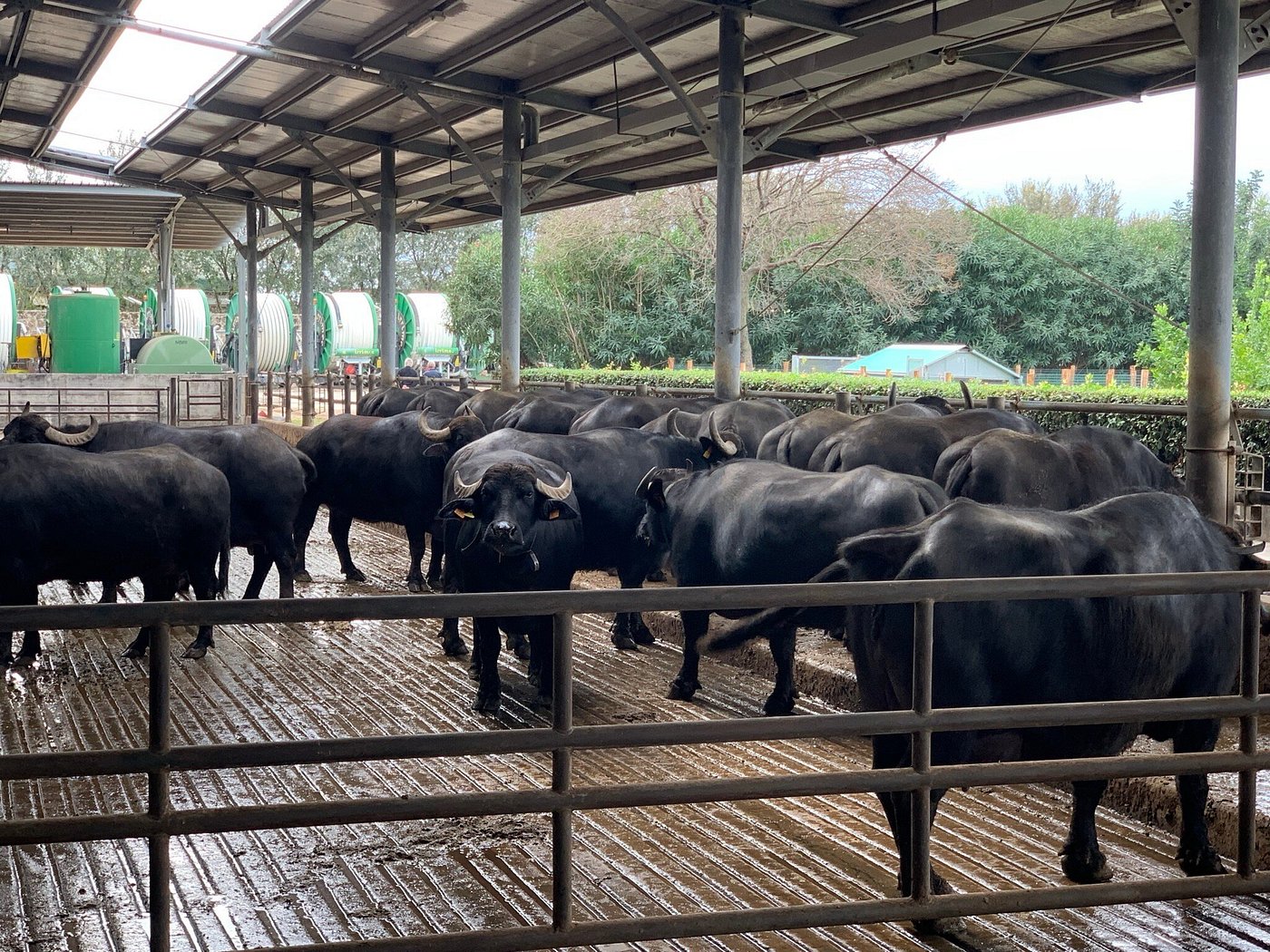
Image Source: Tripadvisor
Many farms have upgraded their equipment but stick to old-school methods. I watched the buffalo wander into automated milking stations when they felt like it. The farmers told me that happy buffalo make better milk, so they put animal welfare first.
Tours usually take you through the barns, pastures, and milking spots. Some even let you pet the calves, which honestly made my whole morning.
The Art of Making Mozzarella di Bufala
The magic starts early each day. Fresh buffalo milk, which is richer and creamier than cow’s milk, is the star of the show.
They curdle the milk with natural rennet. After separating, they cut and drain the curds. Then comes the “pasta filata” step—the stretching and kneading that gives mozzarella its signature texture.
Skilled cheesemakers plunge their hands into hot water, pulling and folding the cheese until it’s shiny and elastic. Watching them shape perfect balls in seconds is just mesmerizing.
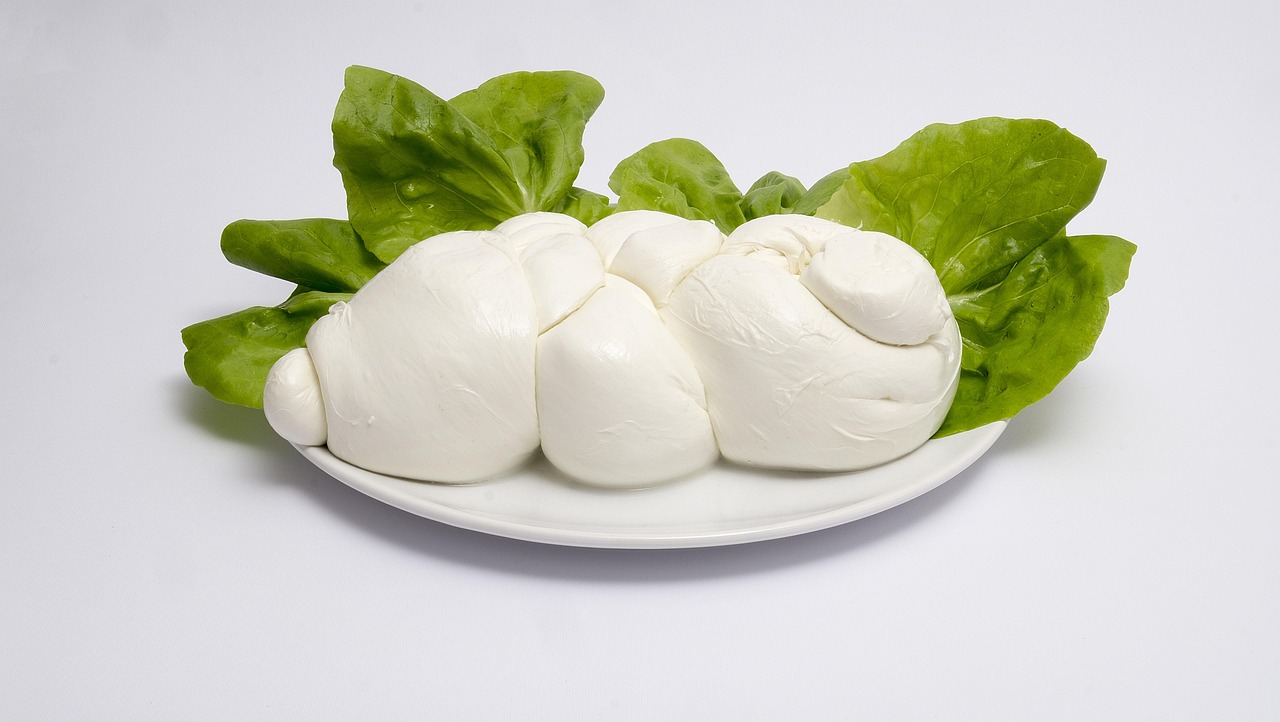
The fresh mozzarella then goes into a salty brine to rest before hitting the table. From start to finish, real mozzarella di bufala is made and eaten within a single day.
Tasting Mozzarella, Ricotta and Yogurt
Tastings usually start with mozzarella at room temperature—no frills, just pure flavor. The cheese tastes milky, with a gentle tang.
Cut into it and you’ll see it release a white liquid—“the milk.” That’s how you know it’s fresh. The texture is soft but springy, with a satisfying bite.
A lot of farms also make:
- Ricotta (light, fluffy cheese from whey)
- Yogurt (creamy and mild)
- Butter (super rich and yellow, thanks to the high fat)
At my tasting, I paired everything with local tomatoes, a drizzle of olive oil, and some crusty bread. Some farms even whip up bufala gelato—it’s ridiculously creamy.
Factory cheese just can’t compete. The handmade stuff has way more flavor and a better texture.
Perfectly Paired Experiences: Guided Tours and Food Adventures
Paestum really nails the mix of history and food. Many people find that joining an organized tour is the easiest way to get the best of both worlds.
Practical Tips for a Seamless Day in Paestum
A little planning goes a long way here. Here’s what I’ve learned about making the most of your Paestum day trip.
Tickets, Entrance Fees and Free Admission
You’ll need a ticket to get into the archaeological site—about €12 for adults. I like buying tickets online ahead of time, especially in summer when lines get long.
Your ticket covers both the archaeological park and the museum. Kids under 18 get in free, so it’s a great family option.
On the first Sunday of each month, everyone gets in for free. If you’re around then, arrive early—it fills up fast.
The site usually opens at 8:30am and closes around 7:30pm in summer (earlier in winter). Give yourself 3-4 hours to see both the temples and the museum.
What to Pack and Preparing for Your Visit
Paestum gets hot, especially in summer. I always bring:
- A big water bottle (shops are scarce inside the park)
- Sunscreen and a hat (shade is minimal)
- Comfy walking shoes (lots of uneven stones)
- A camera with a spare battery (the temples are seriously photogenic)
Wear light, airy clothes in summer. In spring or fall, bring an extra layer just in case.
I like to pack a small snack, though there are some cafes near the entrance. But honestly, save your appetite for a mozzarella tasting after your temple tour!
Nearby Towns to Explore
Once I’ve finished exploring Paestum, I usually check out the coastal towns nearby. Positano and Amalfi are stunning, though they’re a bit of a drive—about 1.5 hours.
Sorrento is a fun place to stay overnight, with its cute streets and famous limoncello. If you’re into ancient history, Pompeii is just an hour away and pairs nicely with Paestum.
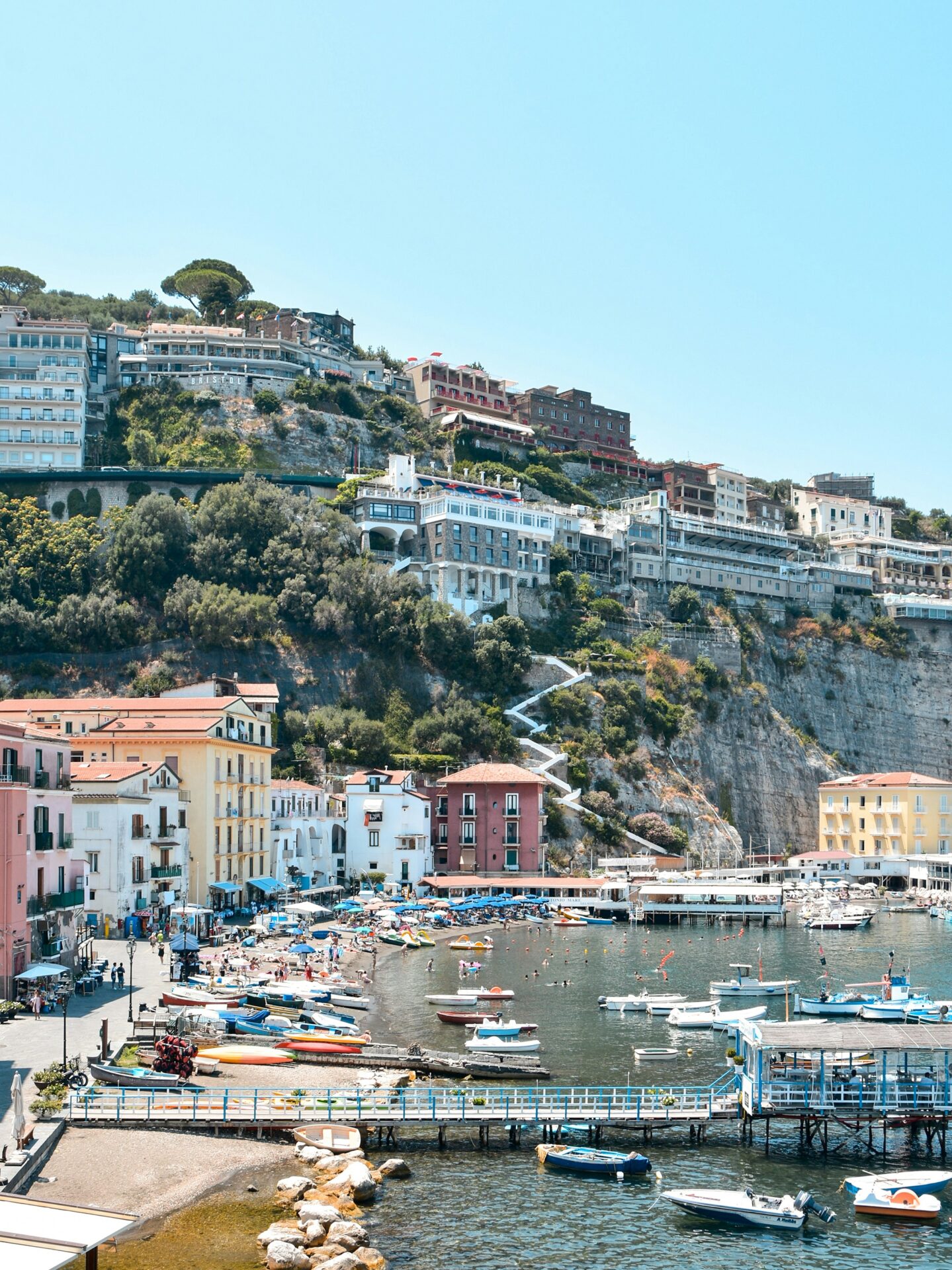
Smaller towns like Ravello, Minori, Maiori, and Atrani are less busy but just as charming. Ravello’s cliff gardens are unreal, and Atrani feels like a secret.
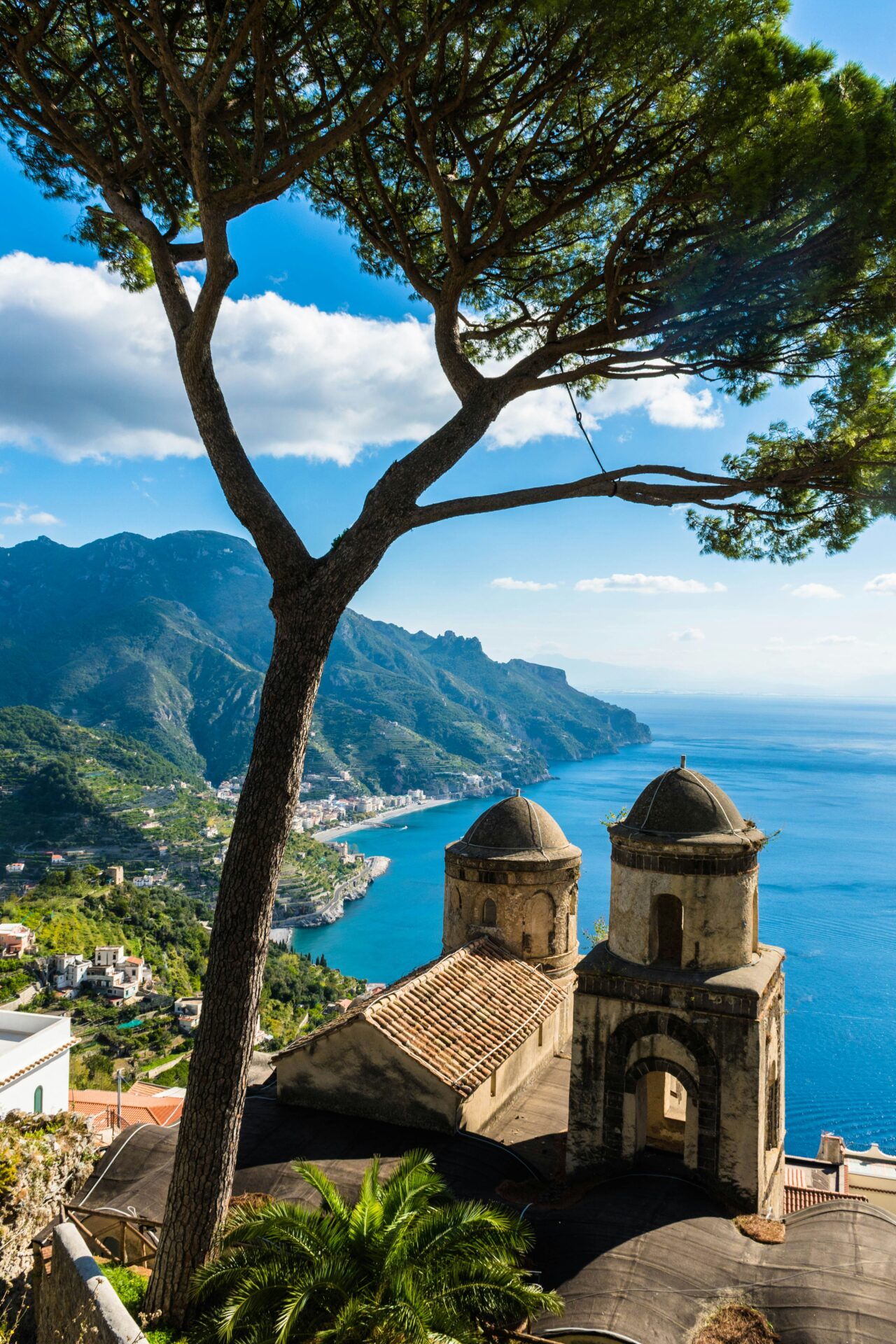
I’d suggest picking one nearby town to pair with Paestum instead of cramming too much into one day. That way, you can slow down and really soak up both the ancient history and the coastal scenery.

